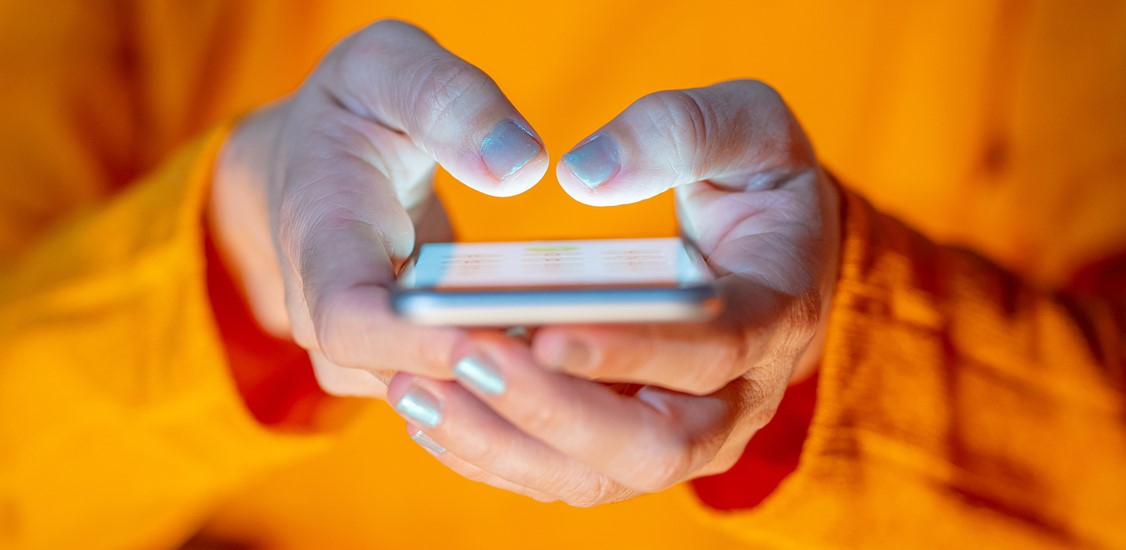During the last year, the coronavirus pandemic has forced radical modifications to the way companies around the globe operate.
Tech platforms like Twitter and Square have allowed their employees to work from home permanently.
Restaurants such as Panera and Subway have pivoted to selling groceries, while General Motors has begun enlisting its self-driving cars to deliver food in San Francisco in a dual effort to support the community while also keeping their autonomous vehicle fleet on the streets during lockdowns.
Amid all of these drastic changes to the way companies operate and the services and products they provide, founders must never lose sight of the impact these shifts have on their customer’s experience.
More than ever, founders must focus their user experience (UX) and user interface (UI) efforts on providing enjoyable, stress-free experiences for customers, using UX and UI as tools to help shape the company’s identity during troubling times, and focusing on how best to empower UX and UI teams that are working under more stressful circumstances.
Revamping your company’s core brand identity
Navigating the complexities of surviving this pandemic is hard enough on businesses, but it should not be overlooked that during tough times is precisely when companies can re-build their reputations as resilient community leaders and forces for good.
More than ever before consumers are looking for purpose-driven brands. According to a recent Edelman “Trust Barometer” special report on the coronavirus, 78 percent of those surveyed across 10 countries expected “businesses to act to protect employees and the local community.”
And many companies are stepping up.
For instance, auto manufacturers Ford, General Motors, and Tesla have developed ventilators to treat COVID-19 patients, and vacuum cleaner giant Dyson has created 44 engineering challenges for children to experiment with while they can’t be at school due to COVID-related lockdowns.
While the corporate world is revamping its purpose-driven image, so too are smaller startups who’ve been repurposing robots to help clean hospital floors, creating low-cost, low-resource ventilators, and starting crowd-funding campaigns to help provide economic assistance.
But taking a purpose-driven approach to business isn’t just a matter of revamping your image using PR and marketing. It’s a top-down approach that should adapt to the new environment, and integrate into every facet of your brand’s core identity: especially in your design.
This is where UX and UI designers shine, and founders should empower them to help shape your brand's core identity during the coronavirus outbreak by developing products and platforms that reflect your company's commitment to the community during these trying times.
Through their expertise, these designers can work in an agile way to “develop a tangible brand vision that is easily understood,” map customer journeys, “experience your brand from user’s perspective,” and so much more, as UX Planet reports.
User experience is often overlooked, yet it is the most important metric that many businesses don’t bother measuring. As your company’s offerings change to meet the needs of your customers, all of this should be properly reflected in your overall identity and design.
Remote work presents unique challenges and opportunities for UI and UX design
As social distancing measures have forced businesses to operate remotely, founders should be aware of the challenges as well as the opportunities of managing remote UX and UI design teams.
The biggest hurdles a user experience designer faces thanks to social distancing manifests in his or her ability to receive quality feedback and critiques in a timely and organized manner.
After all, UX designers rely on user feedback for quality control, and it is easier to have these types of discussions when all parties meet in the same place.
Luckily, video conferencing apps like Zoom and workflow platforms like Trello provide an alternative to in-person workshops, where designers can collaborate with management in real-time and on-camera, which is an important feature for sharing sketches and ideas that are very visual in nature.
And speaking of sharing sketches, a digital drawing pad can be a designer’s best friend when conveying their ideas remotely.
Given the highly creative nature of designers and their visual way of thinking, digital drawing pads allow them to quickly draw-up and share their vision, which comes in handy when improvising during remote workshops and video conferences.
Companies looking to UX and UI design while working remotely would also be wise to adopt an infrastructure that is custom-built to improve the efficiency of remote teams.
Google’s G Suite, Microsoft’s 365 for business, Slack, Zoom, and Skype are all putting the remote work option in reach for most businesses, and this goes for startups, too.
But even with the addition of SaaS and cloud-based tools designed to ease workflows and improve collaborations, designers are still reporting a high-level of disconnect and burnout.
To mitigate the risks of burnout and the stress of overwhelming workloads from afar, the design team at Trello came up with 11 rituals to promote the wellbeing and productivity of design teams.
These rituals include design critique huddles, frequent check-ins, and design sprints that keep everyone on the design team connected throughout the week, so they never feel detached from the rest of the team as they continue to hone and sharpen their skills.
Built-In cites remote work isolation, excessive job demands, and a lack of managerial support as a few of the contributing factors that lead to employee burnout.
Therefore, implementing effective communication, setting realistic goals, and prioritizing employee mental health is equally important when designing among distributed teams.
Designing around mental health
Psychological health and wellness for employees are important but just as important during tough times is the mental well being of your customers. The world is experiencing a mental health crisis that is running parallel to the COVID-19 pandemic where increased stress, anxiety, and depression have led to an uptick in marriage instability, unemployment, and even suicidal behavior.
It may not be top of mind, but the growing mental health issues resulting from the insecurity and isolation caused by COVID-19 also impact UI and UX design. With mental health on the decline, the last thing users need is a confusing interface that leaves them frustrated and eager to disengage.
UI designers are very particular about how a product is laid out, ensuring that each menu, screen, and widget sings in harmony with the overall user experience, And consumers want an interface that is easy to follow and makes them feel better, especially when they’re stressed.
Therefore, designing experiences to improve mental health is where designers can make a huge difference during COVID-19 and beyond.
Mad*Pow came up with this crafty infographic to help explain how to best design for mental health with an emphasis on putting the human first and applying tried and true methods for connecting with the user on a more personal level using a holistic approach that properly conveys the values of your company. There isn’t a single industry that hasn’t been disrupted by the coronavirus pandemic, but with great change comes great opportunity.
UI and UX designers working remotely have a lot of challenges before them, but with the right mindset and the right set of tools, every challenge can be overcome. Designers who can successfully help companies pivot in their brand identities from afar while designing seamless interfaces that are easy-to-use even in the most stressful of situations are well-positioned to come out of this pandemic with a proven track record of resilience and innovation under pressure. Founders that take advantage of the insights above when considering their design strategies will have one leg up on the competition with a stellar design that makes life easier for everyone involved.




















